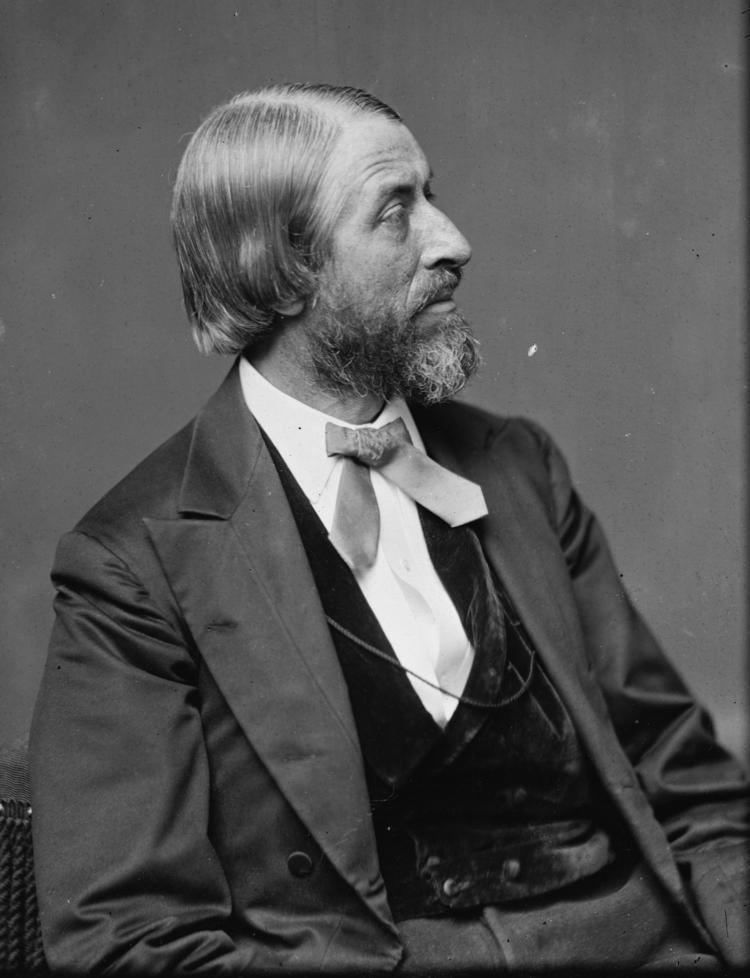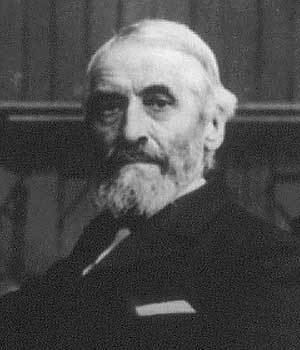Name Ainsworth Spofford | Role Journalist | |
 | ||
Died August 11, 1908, Washington, D.C., United States Books A Book for All Readers: Designed as an Aid to the Collection, Use, and Preservation of Books, and the Formation of Public and Private Libraries | ||
Ainsworth rand spofford and the history of the jefferson building
Ainsworth Rand Spofford (12 September 1825 – 11 August 1908) was an American journalist and publisher. He was the sixth Librarian of the United States Congress from 1864 to 1897.
Contents
- Ainsworth rand spofford and the history of the jefferson building
- Ainsworth rand spofford was not a crook just forgetful
- Early years
- Library of Congress
- A Final Recognition
- References

Ainsworth rand spofford was not a crook just forgetful
Early years
Spofford was born in Gilmanton, New Hampshire. Ill health prevented him from attending Amherst College. He instead, at age 19, moved to Cincinnati, Ohio, where he became a bookseller, publisher, and newspaper man. In 1849 Spofford founded the Literary Club of Cincinnati, which still exists. In 1851, in response to the Fugitive Slave Law, he published the pamphlet The Higher Law, Tried by Reason and Authority which argued that "Injustice is the only treason; no law can legalize it, no constitution can sanction it." Readers included Ralph Waldo Emerson, who shared Spofford's antislavery principles. In 1859 Spofford became associate editor of the Cincinnati Commercial. He was also active in Republican party politics and was a delegate to the 1856 Republican National Convention at which John C. Frémont was nominated.
While in Washington D.C. in 1861, shortly after reporting on the First Battle of Bull Run for The Cincinnati Commercial, Spofford accepted the position of Chief Assistant Librarian of Congress. Once Spofford learned of the retirement of Librarian of Congress John G. Stephenson, Spofford gathered enough political endorsements for the job which later led President Abraham Lincoln to promote Spofford to the post of Librarian of Congress in 1864.
Library of Congress
The Library of Congress began as a comprehensive collection under the donation of Thomas Jefferson in 1814. However, the Library of Congress shifted to a very domestic collection management program until the end of the Civil War. Spofford adhered to the Jeffersonian belief that a “democratic form of government depended on a comprehensive base of knowledge and information.” That has been the legacy of Spofford, and one that each Librarian of Congress since has built upon.
Spofford is generally credited with overseeing the expansion of the Library from a Congressional resource into a national institution. During Spofford's tenure, the Library expanded from over 60,000 items to more than one million. His hopes were to follow the great library models of Europe. A model in which "the library would be a comprehensive collection of the literature of the nation."
Beginning in the 1830s, the Library of Congress began to receive foreign governmental documents and publications. During the late 1860s, Spofford convinced Congress to allow the Library of Congress to become the repository for international documents. Spofford often received congressional approval by reminding them "there is almost no work, within the vast range of literature and science, which may not at some time prove useful to the legislature of a great nation." Furthermore, the Smithsonian Library transferred their entire collection to the Library of Congress.
Spofford's vision was to turn the Library of Congress into an "American national library". He felt that Americans deserved a national collection because America was a "Republic, which rests upon popular intelligence." One of Spofford's greatest feats was the copyright law of 1870. It further centralized the collection of the Library of Congress. It stipulated that two copies of every "book pamphlet, map, print, photograph, and piece of music registered for copyright be deposited in the Library, a requirement that certainly would have met with Jefferson's approval." Spofford knew that this massive influx of materials would also force Congress to appropriate funds for a new building, which they finally agreed to in 1886. This building became a national monument immediately, and is now known as the Thomas Jefferson Building.
In 1897, Spofford stepped aside in favor of a younger administrator, John Russell Young, and returned to his old post of Chief Assistant Librarian, where he remained until his death. During his retirement, Spofford wrote and published A Book for All Readers, and was described by the New York Times as "written from the fullness of knowledge and experience of a veteran librarian for the guidance of younger members of his chosen profession."
A Final Recognition
While doing research on Spofford, John Y. Cole discovered that while Ainsworth's ashes were interred at Rock Creek Cemetery in Washington, D.C., his tombstone was blank, although his wife's name was there. Spofford was also not listed in the cemetery's handout that noted the famous people buried there. Although Cole was responsible for bringing this to the attention of some Spofford descendants, nothing was done to correct this until 2004 when John Spofford Morgan, Ainsworth Spofford's great-grandson (1917-2015) saw to it that the situation was remedied. Today, the tombstone reads, "Ainsworth Rand Spofford, 1825-1908, Librarian of Congress, 1864-1897, Appointed by President Lincoln." His name is also now listed in the cemetery's handout on notable figures whose tombstones can be viewed there.
